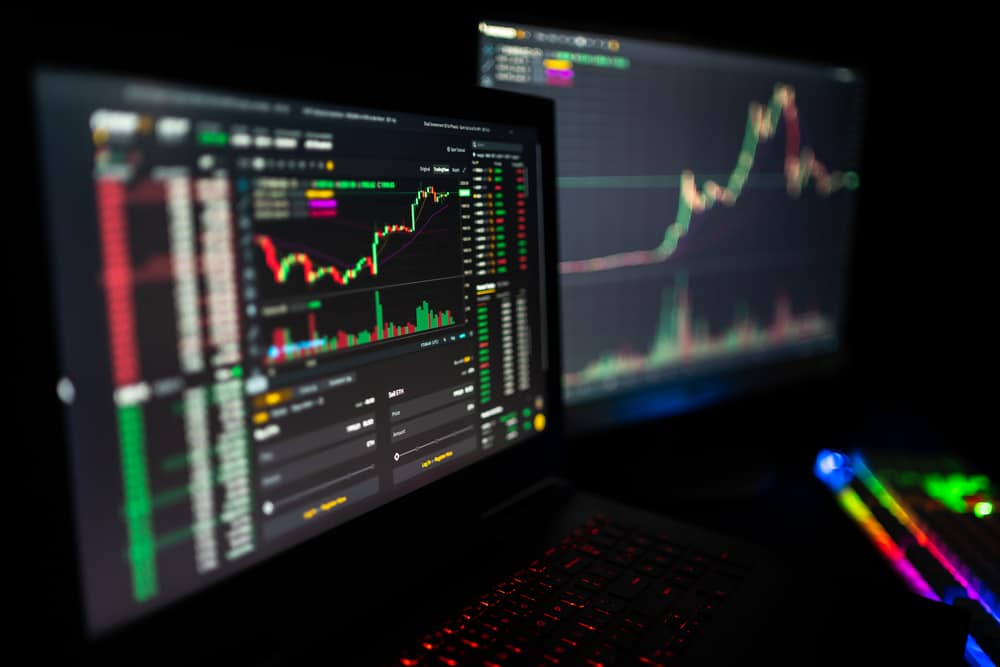
It doesn’t matter if you’re an investor, a trader, or a HODLer as long as the profits keep rolling in because there is no right or wrong in the world of crypto trading. At times, the cryptocurrency market can be extremely volatile. On the other hand, this volatility can often pave the way for some profit-generating techniques. One of the techniques that benefit from this is scalping. Scalping is a type of trading that appeals to adrenaline junkies. Do you have a habit of looking at one-minute charts? Do you prefer to enter and exit trades faster than an investor can open a statement of financial position? Scalping is a style to consider.
What is scalping?
Here is a trading technique in which the goal is to profit from small price changes. Traders don’t look for big moves; instead, they seek to profit from small price changes over and over again. Scalpers, as a result, may make a large number of trades in a short period of time, looking for tiny price changes and market inefficiencies. The theory is that by stacking and compounding these little gains, they will build up to a significant amount over time.
Scalpers will rely extensively on technical analysis to develop trade ideas due to the short time frames involved, as most fundamental events take place over a longer period of time. Fundamental events, on the other hand, can make a major difference when picking which cryptocurrency to trade.
Cryptocurrencies with increased interest as a result of news or a fundamental event will typically have high volume and liquidity — at least for a short time. This is when scalpers can take advantage of the increased volatility and profit.
How do cryptocurrency scalpers make money?
Many scalpers will employ complex indicators such as real-time order book analysis, volume profile, open interest, etc. Each trader creates his or her own trading strategy in order to maximize profits, but all traders employ some basic trading strategies concepts to some level.
Scalpers prefer to trade shorter time frames. These are intraday charts, which could be for 1 hour, 15 minutes, 5 minutes, or even 1 minute. Some even look at time frames of less than a minute. With these time frames, however, we begin to enter the area of high-frequency trading bots, which may be too complex for humans to comprehend. While machines can process large amounts of data quickly, most people aren’t at their best while staring at 15-second charts.
Signals and levels with a longer timeline are often more dependable than signals with a shorter time frame. As a result, most scalpers will continue to focus on the high time frame market structure. This is because they first outline the crucial high time frame levels before narrowing in to look for potential scalp trade setups. This demonstrates how, even for shorter-term trades, having a large time frame view of the market structure can be extremely beneficial.
Range trading
The range is a price movement that occurs over time between two consistent price levels, high and low. Crypto traders frequently go long and short at different times, depending on where the price is in the trading range.
After determining the ideal trading range, a trader attempts to manually initiate positions by buying at support levels and selling at resistance levels. Limit orders are also used by scalpers to long (buy-in) crypto at a lower entry price inside the range and when the market reaches a positive support level.
Scalping: using leverage
The utilization of leverage is common in scalping. Because the percentage target is so small, scalpers will often use leverage to increase their position size. Scalpers frequently employ margin trading platforms for this.
Margin trading entails using a third party’s cash rather than your own to increase possible profits. This permits traders to work with larger quantities of money and make more money. Some cryptocurrency exchanges also provide consumers with margin funds. Because scalping requires a lot of money to succeed, this can help a scalper’s results.
Bid-ask spread
The gap between the asking and bid prices is the bid-ask spread. Its main purpose is to allow scalpers to open a position at the bid or ask price and then close it quickly — a few points lower or higher — to profit. The bid-ask spread can occur in one of two ways:
- When the asking price is higher than usual, but the bid price is much lower, this is known as a wide bid-ask spread.
- When there are more buyers than sellers, the asking price is lower, and the bid is higher than usual, resulting in a narrow bid-ask spread. This method is used by scalpers to boost the buy-in frequency and therefore balance the selling pressure.
Arbitrage
The crypto market is so diverse; thus, the price of assets may differ between exchanges. When this happens, traders might earn by purchasing and selling at the same time on the same exchange. Arbitrage strategies are divided into two categories:
- Spatial arbitrage, in which a trader buys and sells the same item on several markets to protect against price fluctuations.
- Pairing arbitrage, in which a trader takes advantage of price disparities in a single asset across multiple trading platforms.
Because such possibilities are brief, it is advisable to use them in an automated format. Many trading bots exist that hunt for arbitrage opportunities to make a quick profit.
Summary
Scalping is a technique that focuses on profiting from small price changes. It necessitates a high level of discipline, market awareness, and quick decision-making. It is better suited to experienced traders. Different time frames are used by traders. However, the most appropriate is 5-10 minutes on average. Technical analysis is mostly used in this technique because it is ideal for short time frames. Different strategies can be employed; they include range trading, bid-ask spread, arbitrage, and leverage trading.








Leave a Reply